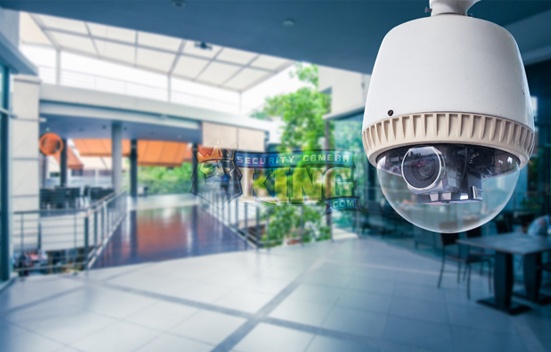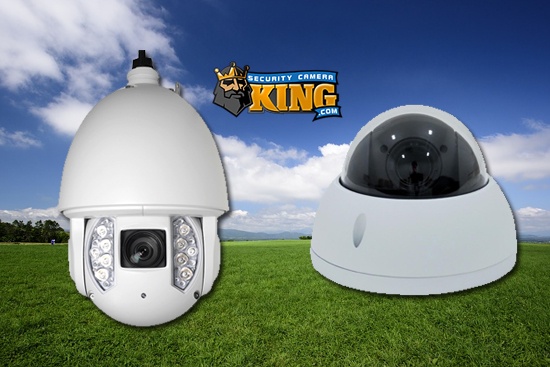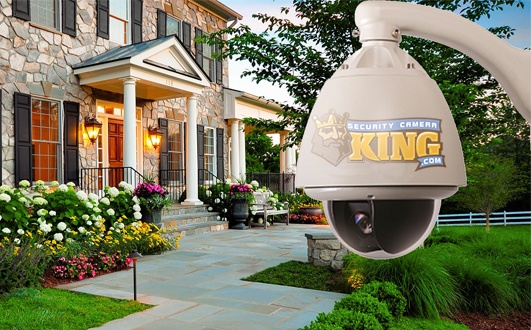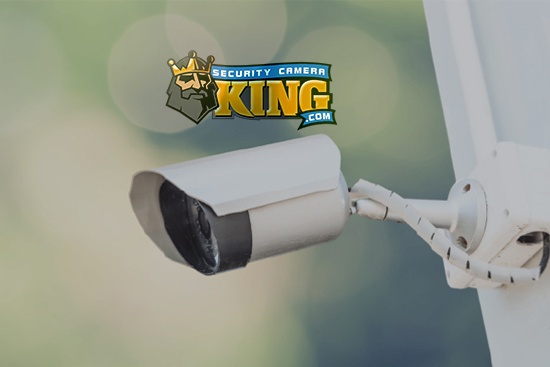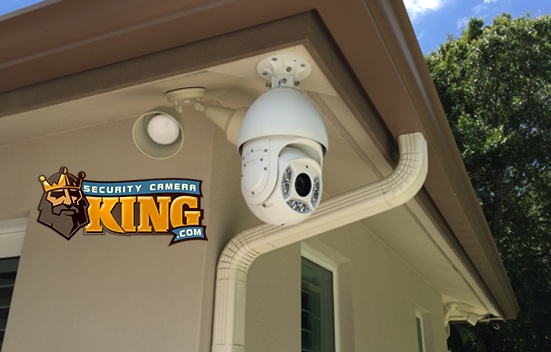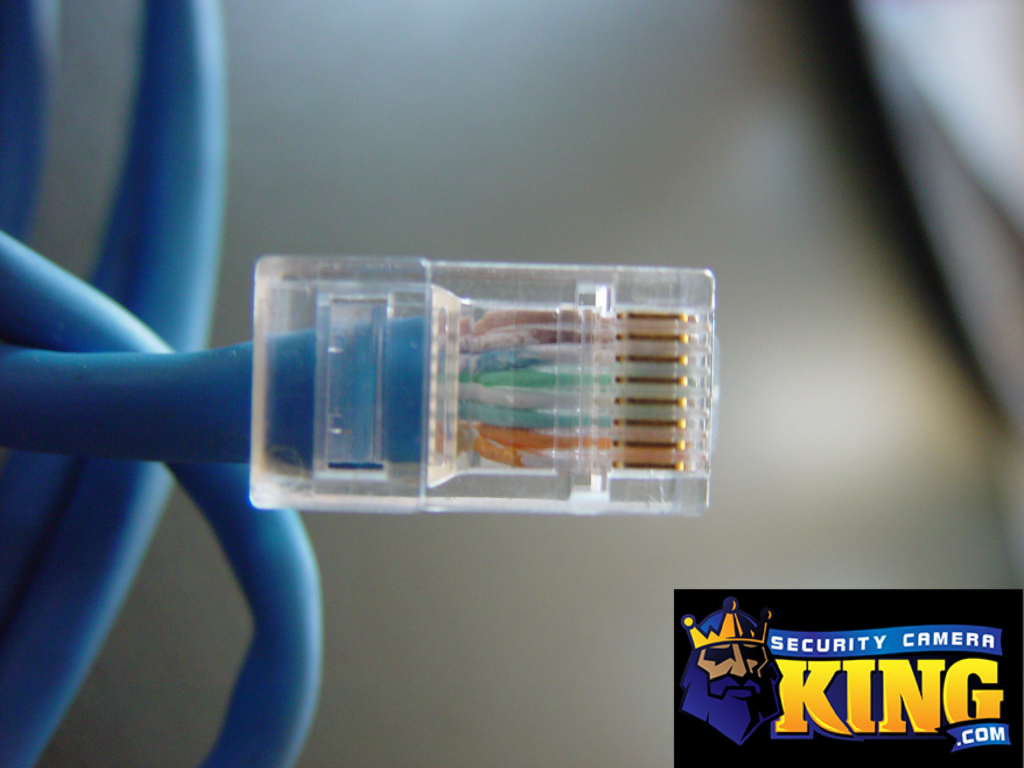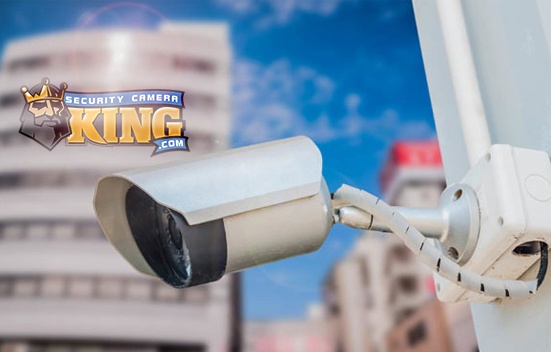Long Distance POE
Power over Ethernet, or Poe, is an incredible solution, but what options are available for achieving long distance POE?
With the help of a single Ethernet Cable, you can increase the distance between your camera and your router by as much as 400 meters using PoE or power over ethernet! The most notable feature of POE is its connection to IP cameras. IP cameras communicate with your NVR for CCTV recording through a network because POE gives them power over Ethernet. To make installations simpler, a single cable runs per camera rather than having multiple cables. There are, however, some restrictions to POE, one of which is distance.
For the best understanding check out the video at the bottom of the page as you follow along learning about ePoE, a Long distance POE solution
We now know and understand POE, but what long sitance POE options ar out there? The cameras at the beginning of the video are powered using ePOE, the technology that is synonymous with extended power over ethernet. The ePOE stands for ‘extended power over ethernet’, as it is known as an ePOE variant of standard POE. Although POE is prevalent in the network and IP camera world, it is not only beneficial since you may connect both power, and data to any POE-capable camera with a Cat5e or Cat6 Ethernet cable. Audio/video connectivity and power are both handled by a single cable, saving time and money. However, there are some constraints to this technology.
Despite the fact that standard POE is only capable of up to 100 meters of distance, distance for a normal, standard POE connection is not limited by the power it can supply, but by the data regular ethernet connections are able to support. At the most ideal condition, regular ethernet is capable of transmitting data without loss up to 100 meters.
Even though the limit is on the data side of Poe, this still creates a power issue because one single cable is used to transmit both power and data. Data, and power, must be viable longer than 100m over ethernet in order for data, and power, to be viable. That’s where ePOE comes into play.
The distance traveled by the video, when we stop and turn around after taking a little walk, is approximately 630 metres or 1900 ft, from the camera poles at the beginning to the end. Furthermore, we would arrive at the power nodes for these cameras 300 metres beyond the final camera pole.
We walked from here to here, an indicator of finish, which was a distance of x meters. Because of the awesome power of ePOE, we were able to reach a total distance of x meters, far exceeding the 100 meters / 300 feet that standard POE is capable of achieving. Because of the awesome power of ePOE, we were able to push the necessary data and up to 48-53 volts of power out to a whopping 800 meters. You will obviously need the correct technologies to take advantage of ePOE.
To use the camera, you’ll first require an ePOE-compatible camera, as only rated Enhanced POE cameras can connect to ePOE. If you have a camera that is rated for Enhanced POE, you’ll need to connect it using cat5e or cat6 Ethernet cables. ePOE-compatible power sources such as an ePOE switch or an NVR with ePOE ports must also be used!
What are the major advantages of using ePOE instead of cables to extend power? It is obvious that ePOE lets you run cable much further, but what are the advantages that result from this? First, cost is a factor. Many thousands of dollars are required to provide power to non ePoe systems in residential areas. It is also possible to convert COAX systems to IP using ePOE and EOC!!!
Thanks for checking out our informative article on long distance POE also called EpoE! You can find more information on some of these topics by checking out the links below! For any questions about product compatibility, availability, or anything else, contact our Sales Pro’s at 561-288-5258. Be sure to subscribe to our YouTube channel for more tutorials and CCTV information. Until next time, Stay Safe!
Related: What’s the difference between DVR and NVR?
Related: What’s the difference between H264 and H265?
Related: IP PTZ Security Cameras – All There is to Know
Related: Resolution, and why does it matter?
Related: What are active deterrence cameras?
Find Us On: Facebook | Twitter | YouTube

